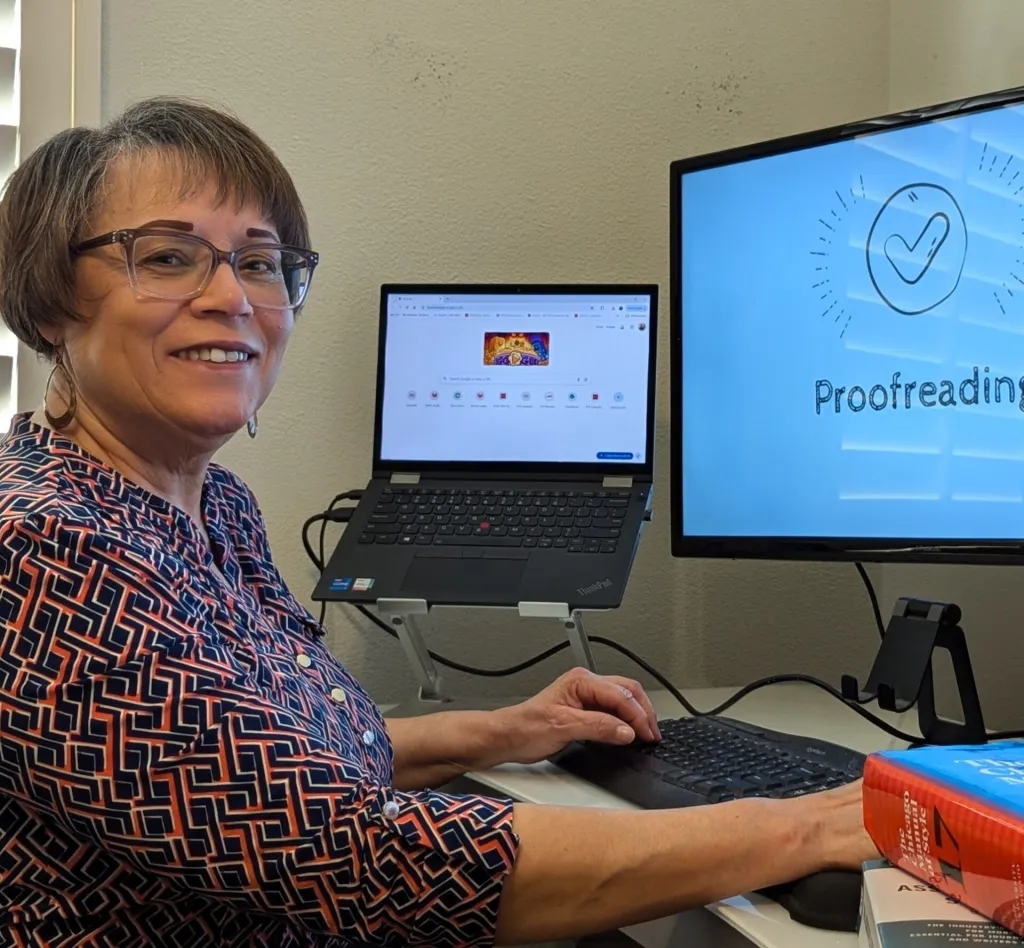
The Comma, Friend or Foe
Years ago, when I was in school, we were taught that the comma was necessary whenever you wanted the reader to pause. So, of course, that gave me the green light to insert a comma whenever I felt it was needed, and I did just that. A few teachers even complimented me on my writing skills, but they never touched my use of the comma, or any other punctuation for that matter. Maybe they, too, were not so confident about their relationship with the comma. So, for years, I went along writing papers and blog articles, inserting the comma wherever or whenever I pleased. Then I had a rude awakening when I decided to become a serious proofreader, which included defining my relationship with my friend, the comma.
I learned the comma has many aspects to its personality, so I won’t have time to deal with all of them at once. But to get an idea, let’s look at a few of them. We’ll do this by examining a sentence that needs commas.
Since many of us may think the comma is our friend—able to follow us wherever we go and be used whenever we want—we're going to explore a few places where the comma belongs and doesn’t belong, and why the comma is necessary.
Where Do You Think a Comma Belongs?
Take a look at the following sentence and see if you can identify where a comma should be placed.
Incorrect: Yesterday at school I had my favorite lunch that included a peanut butter and jelly sandwich sliced peaches a small bag of potato chips and my favorite beverage Dr. Pepper.
Does it seem a little difficult to follow? Let’s take a look at the corrected version:
Correct: Yesterday at school, I had my favorite lunch that included a peanut butter and jelly sandwich, sliced peaches, a small bag of potato chips, and my favorite beverage, Dr. Pepper.
Explanation for Each Comma
Now, let’s break down why each comma is necessary in the corrected sentence:
After "Yesterday at school,"
This is an introductory phrase. When a sentence begins with an introductory element, it’s best to use a comma to separate it from the main clause. This helps with clarity and readability.
After "a peanut butter and jelly sandwich," and after “sliced peaches."
These commas separate items in a list, also known as a series. When listing multiple items, a comma is used to distinguish each one clearly.
After "a small bag of potato chips,"
This comma is known as the serial comma. It comes before "and" in a list to ensure clarity, especially in longer lists. Without it, the last two items could be misread as a single unit, which can create confusion. (Note: This comma is not always used. It depends on the discretion of the writer.)
After "my favorite beverage, Dr. Pepper."
This comma separates “Dr. Pepper” as an appositive (a clarification or renaming of “my favorite beverage”). When additional, but not essential, information is provided, it should be set off by commas.
When Not to Use a Comma
In the sentence above, notice that we didn’t place a comma before "that" in the phrase "that included a peanut butter and jelly sandwich..." Why? This is because "that" begins a restrictive clause, which is essential to the meaning of the sentence. A restrictive clause provides necessary information, so no comma is used before it.
Conclusion
The comma may seem like a small punctuation mark, but it plays an important role in making our writing clear and easy to understand. By following established guidelines for punctuation, we ensure that our sentences are easy to follow and effective at communicating our ideas.
